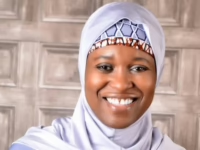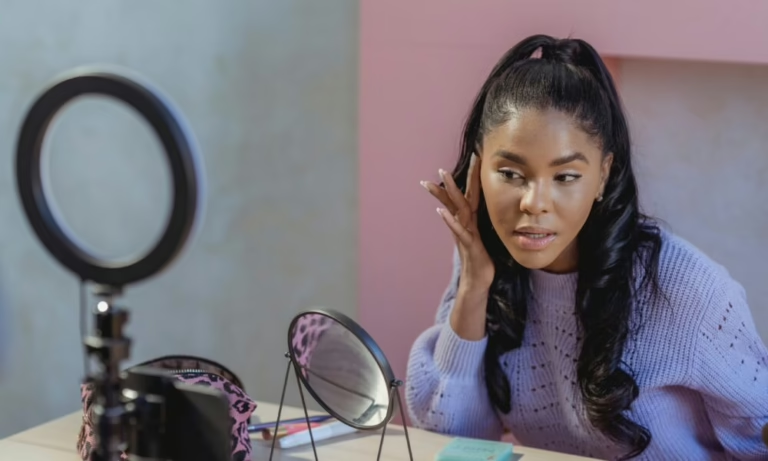As a child in elementary school, I recall sitting quietly while whispers floated around about “the prettiest girl in class.” Though these remarks were never intended to wound, they subtly planted a seed of comparison within me. I started to view myself through a lens shaped by others’ opinions.
Her hair was silkier. Her complexion was fairer. Her silhouette was more attractive. This marked my earliest brush with comparison, long before I grasped what it truly meant. It wasn’t an innate feeling but rather a lesson absorbed from my surroundings. Many of us share this experience-we grow up internalizing society’s applause and rejection, learning to gauge beauty by external validation. This quiet rivalry often shadows us well into adulthood.
Over the years, I’ve come to understand how harmful this endless cycle can be, especially for women. The cultural narrative around beauty is ever-shifting, leaving us perpetually chasing an elusive ideal that constantly morphs.
Looking back through the decades, it’s evident that beauty standards have never been fixed. They tend to oscillate dramatically. Take the late 1990s and early 2000s, for example, when the obsession with extreme thinness dominated, often at the cost of women’s well-being. Then, the 2010s brought a surge in celebrating voluptuous curves-full hips and shapely figures became the coveted norm, prompting many to seek surgical enhancements. More recently, trends have swung again, with some embracing a more streamlined look, often enhanced by digital filters and fashion’s occasional glorification of slender frames, reminiscent of the “Lepa shandy” aesthetic.
This constant flux reveals much about our willingness to conform. When curvaceousness was in vogue, countless women went to great lengths to augment their bodies. Now that slimness is back in favor, many are undoing those very changes. The cycle is relentless.
That’s why it’s crucial to resist letting society dictate what beauty means. Chasing these fleeting ideals only traps us in a never-ending loop of adjustment and dissatisfaction.
Your value transcends body shape, size, skin color, or the latest online trend. It is rooted in the intentional design of the Creator who fashioned you with care and purpose. While the world will always unveil a new beauty craze, true worth comes from embracing the truth that you are inherently complete-already beautiful and deserving.























0 Comments